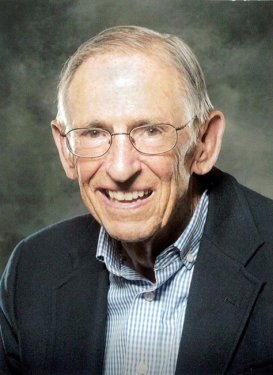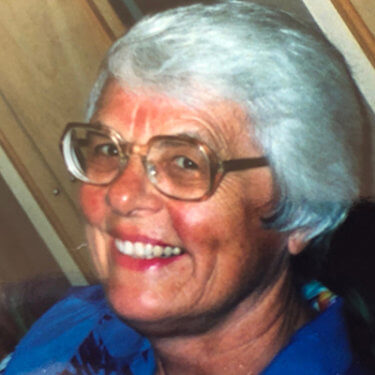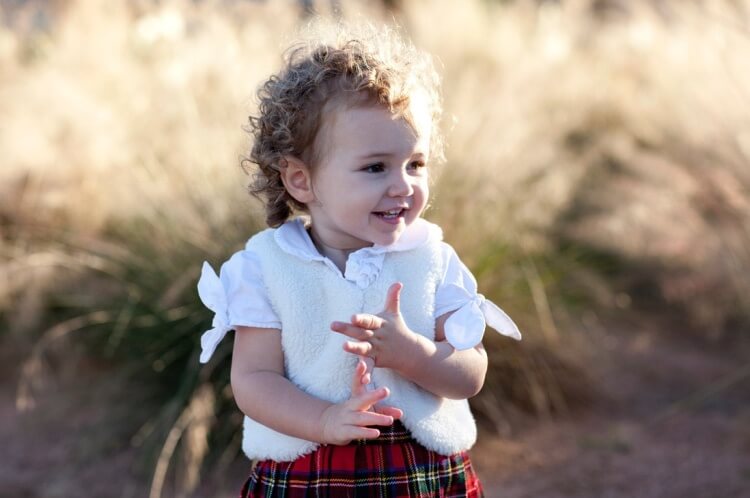On February 11, 2019, physical education and kinesiology lost one of its long-time leaders. Professor Emerita George H. Sage (University of Northern Colorado) was a renowned scholar in the area of sport sociology having authored more than 20 books and 200 scholarly articles. He was among the first of the scholars in physical education and kinesiology that identified a disciplinary area of study and was among the early researchers in sport sociology. His text Sociology of North American Sport, coauthored with Stan Eitzen, is a classic text and is now in its 10thedition.

George Sage, 12/27/1929 – 2/11/2019
George began his career as a high school physical education teacher and coach, first at College High School in Greeley, Colorado while working on his masters’ degree at Colorado State College (now UNC) and later at Chandler High School in Arizona. Sage next served as a graduate teaching assistant at UCLA while working on his doctorate. During this time, he studied basketball with legendary coach John Wooden. He then taught and coached (basketball) at Pomona College while working on his doctorate at UCLA. After earning his doctorate, he accepted a position as assistant professor and head basketball coach at his alma mater. From 1963 to 1969 his teams posted a 95-36 (.725) winning percentage, a school record. After he left coaching in 1969, Sage focused on teaching and research.





